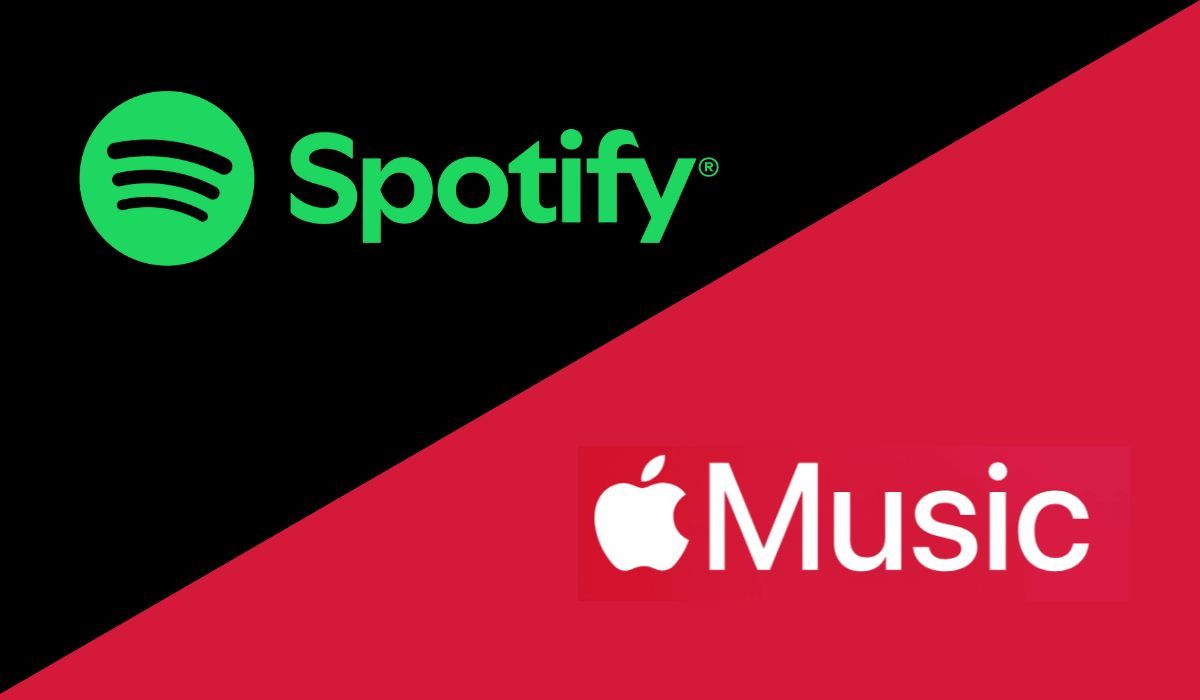

In today’s digital age, music streaming has become an integral part of our daily lives, with Spotify and Apple Music leading the market as top contenders. Let’s learn more about this topic below with Word Search as we dive deep into comparing these two popular music streaming platforms to help you make an informed choice.
Spotify’s interface is known for its clean, dark-themed design that emphasizes user-friendliness. The home screen presents personalized playlists, recently played tracks, and daily mixes that adapt to your listening habits. Navigation is intuitive, with clearly labeled sections for your library, search, and discover features. The app’s response time is notably quick, with minimal lag when switching between screens or loading content.
Apple Music, on the other hand, integrates seamlessly with iOS devices, featuring a bright, minimalist design that follows Apple’s signature aesthetic. The interface focuses on your library organization and curated content. While it may take new users some time to familiarize themselves with the layout, Apple Music’s integration with Siri and other Apple services provides a cohesive ecosystem experience.
Read more: Our Honest Review of the TikTok App: Pros and Cons
Spotify boasts a massive library of over 70 million songs, including an extensive collection of podcasts and exclusive content. The platform excels in discovering new music through its sophisticated algorithm that creates personalized playlists like Discover Weekly and Release Radar. These features have become particularly popular among users who enjoy exploring new artists and genres.
Apple Music matches Spotify’s library size but differentiates itself with exclusive album releases and artist content. The platform’s integration with your existing iTunes library allows you to seamlessly blend purchased music with streaming content. Apple Music also offers high-quality lossless audio and Dolby Atmos support at no additional cost, making it attractive for audiophiles.
Spotify leads in social integration, allowing users to share songs, playlists, and listening activity with friends. The platform’s collaborative playlist feature enables multiple users to add and edit playlists together, fostering a community-driven music experience. Real-time listening activity and the ability to follow friends’ playlists have made Spotify a more social platform.
Apple Music’s social features are more limited but focus on quality over quantity. The platform allows users to share playlists and songs through messages or social media, and its Connect feature lets artists share exclusive content with fans. While not as comprehensive as Spotify’s social capabilities, Apple Music’s approach suits users who prefer a more private listening experience.
Both services offer excellent streaming quality, but Apple Music has taken the lead with its inclusion of lossless audio and Spatial Audio with Dolby Atmos at no extra cost. The platform streams at up to 24-bit/192 kHz, providing studio-quality sound for supported devices. This feature particularly benefits users with high-end audio equipment who can appreciate the superior sound quality.
Spotify currently streams at a maximum of 320 kbps for Premium users, which is still excellent for most listeners. The platform has announced plans for Spotify HiFi, though its launch has been delayed. Despite not offering lossless audio yet, Spotify’s streaming performance is highly reliable, with minimal buffering and quick load times across devices.
Both services offer similar pricing structures, with individual plans starting at $9.99 per month. Spotify provides a free, ad-supported tier that allows users to access basic features with occasional advertisements. The platform also offers various subscription options, including student, family, and duo plans, making it flexible for different user needs.
Apple Music doesn’t offer a free tier but provides a three-month trial period for new users. Its subscription plans mirror Spotify’s pricing, with options for individuals, students, and families. The inclusion of lossless audio and Spatial Audio at no additional cost adds significant value to Apple Music’s offering.
Spotify excels in cross-platform compatibility, working seamlessly across iOS, Android, desktop computers, smart TVs, gaming consoles, and smart speakers. The platform’s Connect feature allows for easy switching between devices, and its web player provides access without requiring app installation.
Apple Music works best within the Apple ecosystem, offering tight integration with iOS devices, HomePod speakers, and Apple TV. While Android support is available, the experience isn’t as polished as on Apple devices. The platform’s integration with Siri provides convenient voice control for Apple users.
Read more: Is ChatGPT Worth Downloading? Full Review and Use Cases
Both services allow Premium subscribers to download music for offline listening. Spotify permits downloading up to 10,000 songs across five devices, with straightforward playlist downloading options. The downloaded content is easily accessible through the offline mode, which automatically activates when internet connectivity is lost.
Apple Music allows users to download and store up to 100,000 songs in their library. The platform’s Smart Downloads feature automatically updates downloaded content based on listening habits, ensuring favorite tracks are always available offline. The larger download limit makes Apple Music particularly attractive for users with extensive music collections.
Choosing between Spotify and Apple Music ultimately depends on your specific needs and preferences. Spotify is the better choice if you value social features, cross-platform compatibility, and algorithmic music discovery. Its free tier also makes it accessible to users who aren’t ready to commit to a paid subscription.
Apple Music is ideal for users deeply integrated into the Apple ecosystem, audiophiles who appreciate lossless audio quality, and those who prefer a more traditional library-focused approach to music organization. The platform’s exclusive content and seamless integration with existing iTunes libraries make it particularly attractive for long-time Apple users.
Consider trying both services’ trial periods to experience their features firsthand. Pay attention to how each platform fits into your daily routine, device ecosystem, and music discovery preferences. Remember that both services offer family plans, which can provide better value if you’re sharing with household members. Ultimately, either choice will provide an excellent music streaming experience with its own unique advantages.